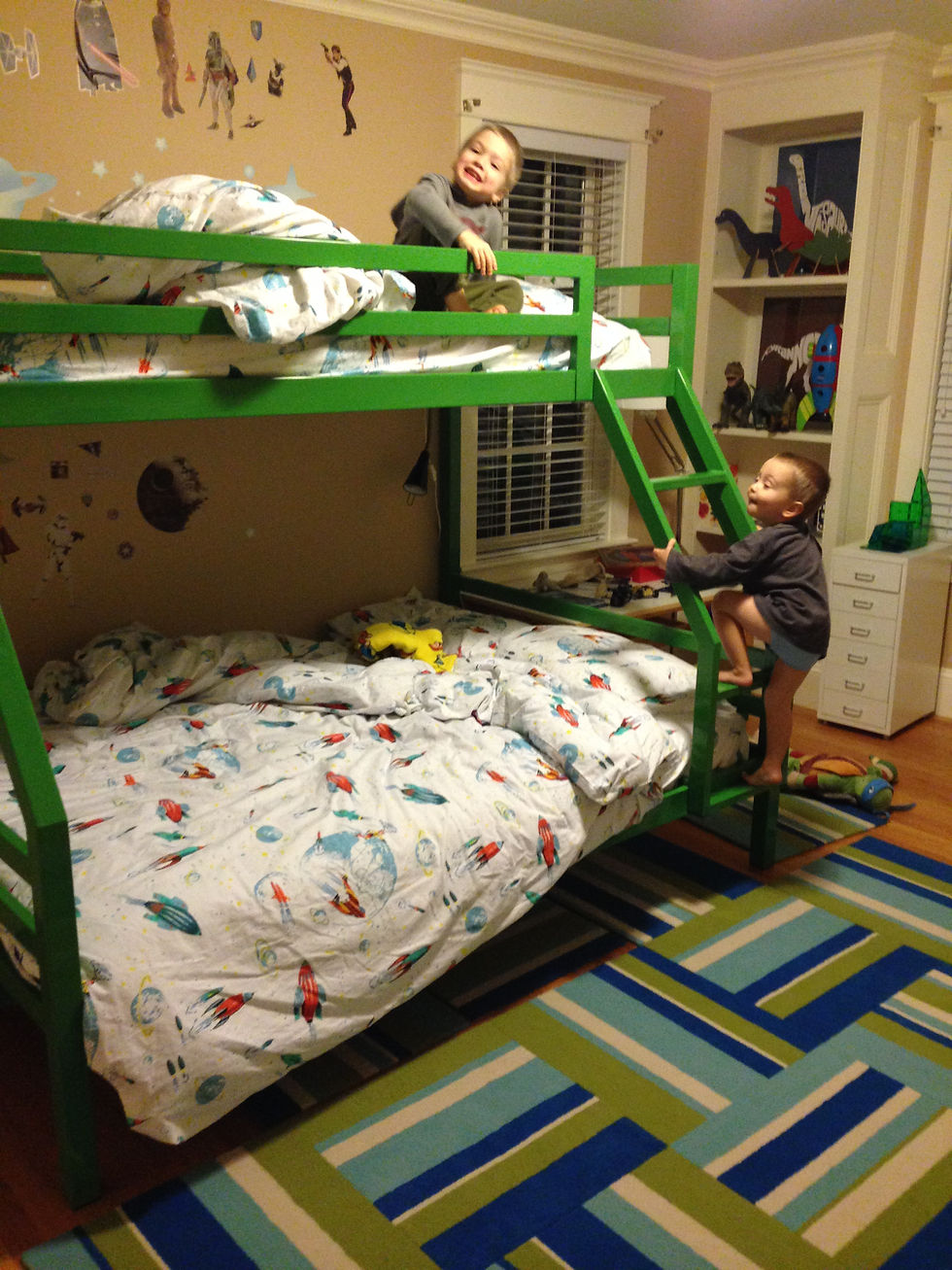Back-to-School After Loss - What Grieving Parents Want You to Know
- susanshaw784
- Aug 13
- 4 min read
As the air turns crisp and back-to-school sales fill our inboxes, many parents are busy labeling water bottles, snapping “first day” photos, and watching their children step into new beginnings. But for bereaved families - parents who’ve lost a child, and siblings missing their brother or sister - this season doesn’t feel fresh. It feels like a reminder of what’s missing.
I'm Susie Shaw, a bereaved mom raising two living sons after the death of my oldest child, William. Each August, as we prepare to return to school, I’m caught between the visible routines of parenting and the invisible ache of grief that rises quietly, but relentlessly. This time of year is filled with “what should have been” moments. And I know I’m not alone.
The Quiet Grief of Back-to-School
For families who have experienced the death of a child, back-to-school is not just a logistical shift. It’s an emotional landmine. It’s walking into the store and seeing three different sizes of backpacks, but only needing to buy two. It’s watching siblings pose for a photo that used to include someone who is now missing. It’s remembering how old your child would be, what grade they would be in, who their teacher might’ve been.
Some of us silently calculate those “should-be” milestones every year. Some of us talk about them out loud. But most grieving parents feel the tension: the pressure to move forward and participate in the traditions, while also honoring the pain that doesn’t go away.
When Grief Walks Into the Classroom
Grief doesn’t wait for a convenient time. It follows children into the classroom. Some are returning to school after losing a sibling, a parent, or another close relative. Others have experienced trauma in their communities: floods, accidents, violence, or illness. These students may look fine on the outside but are carrying enormous emotional weight.
For grieving children, school can be both a refuge and a challenge. Structure helps, but only if the people around them understand what they’re going through.
When my own son returned to school after his brother died, he wasn’t the same kid. How could he be? He was quieter, more easily distracted, more sensitive. He needed teachers who noticed without making him feel exposed. He needed classmates who didn’t whisper about what happened. He needed space to be sad and still feel safe.
So many grieving children don’t get that. They return to school and are expected to pick up where they left off. But grief changes kids. And it’s our job as parents, educators, and communities to acknowledge that.
What Educators Can Do
Teachers are on the front lines of childhood grief, often without training or support. But with small shifts in awareness and practice, they can make a world of difference. Here are a few ways educators can support grieving students:
Acknowledge the loss. You don’t have to fix it. Just a gentle “I’m so sorry for what your family has gone through” can go a long way.
Communicate with parents. Ask if there are certain days, dates, or topics that might be particularly hard for their child.
Offer peer support. Consider forming friendship circles, buddy systems, or small groups where children can connect and feel included.
Watch for signs. Grief can show up as anxiety, anger, withdrawal, or even hyperactivity. Be patient. Be curious, not punitive.
Make space. Some kids might need a quiet corner, extra time on assignments, or a check-in with the school counselor.
You don’t have to be a grief expert. You just have to care enough to ask, to notice, and to include.
What Grieving Parents Need
We’re not looking for pity. We’re looking for understanding. We want our children’s stories to be seen, not erased. And we want to be able to show up for our surviving children while still holding space for the one who’s gone.
If you’re a fellow bereaved parent, here are a few things that have helped me:
Connect with your child’s teachers early, and keep the conversation going. Let them know what your family has experienced and share anything that might help them support your child. Check in again each school year with new teachers, even if your child seems “okay.” Grief evolves as children grow, and it’s our job to advocate for their needs, making sure they feel seen, understood, and cared for at school.
Give yourself permission to grieve. If the first day of school feels unbearable, skip the photo. Take the day off. Write a letter to your child. Do what helps, not what’s expected.
Find your people. Whether it’s a friend who checks in or a grief group who gets it, don’t do this alone.
Include your child who died. Write their name on your calendar. Donate school supplies in their memory. Light a candle on the first day. Rituals help.
Grief doesn’t disappear with time. It reshapes itself. Every new school year, every new milestone, is a reminder. But it can also be a chance to build a more compassionate world for all families.
A Call for a Grief-Literate Community
This isn’t just a parenting issue. It’s an education issue. A mental health issue. A community care issue. We need schools that know how to hold space for hard things. We need teachers who feel supported, not scared, when grief walks into their classroom. And we need a cultural shift where it’s normal to talk about death, about loss, about love that doesn’t end.
If you’re an educator, a parent, a neighbor, ask yourself how you might show up this year. Can you make room for grief in your classroom? Can you check in on the family who’s missing someone? Can you teach your kids that not all back-to-school stories are shiny and simple, and that’s okay?
Grief and joy can coexist. And when they do, we create space for real connection.
Let’s make this school year a little more human.
Susie Shaw is a bereaved mother, grief advocate, and founder of William’s Be Yourself Challenge, a nonprofit supporting families in grief. She’s also leading the creation of The Green House, a grief retreat home in Falmouth, MA.

.png)



Comments